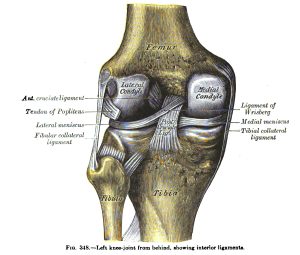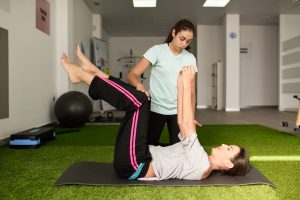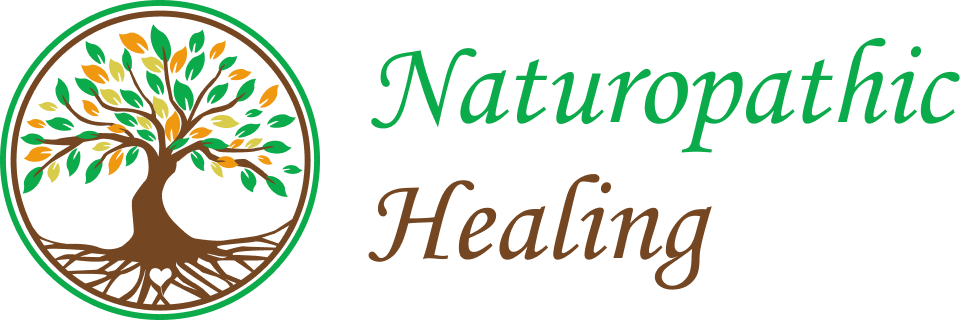ACL /Anterior Cruciate Ligament/ REHAB
ACL /Anterior Cruciate Ligament/
ACL /Anterior Cruciate Ligament/ is a dense connective tissue located right in the heart of the knee joint. Has two bundles: Anterior medial bundle and Posterior lateral bundle, which provide stability in the knee in internal and external rotation. ACL helps to connect your thighbone /femur/ to your shinbone /tibia/.
ACL injuries are divided in two types:
1. Non-contact injuries
– 70% of ACL injuries

– During twisting/cutting/ pivot sport
– Jumping and landing badly or stopping other player
– ACL preventative work is influential
2. Contact injuries
– 30% of ACL injuries
– Something or someone hits the knee or the leg
– As a result of injuries in other ligaments
– Here the preventative work is not very influential- can appear during skiing
Clinical presentation
– Cutting movements, single leg standing/ landing/ jumping
– Audible pop or crack in time of the injury
– Initial instability- which can be masked with extensive swelling
– Giving way on pivoting or twisting
– Large amount of pain on the time of the injury
– Swelling of knee
– Restricted movement- not able to straight the leg
– Mild tenderness on medial side of the knee
– MRI will show bone bruising
– If there is a fracture of the tibia this will show on Xray
– If twisting is appearing during injury, then likely the meniscus will be affected.
– Other ligaments can be affected such as PCL, MCL and lateral ligaments
ACL acute management after surgery. Often this is the first 6 weeks after the surgery
1. Joint homeostasis
– Knee will be swollen, stiff and painful. There will be limitation in the range of motion. In this period is useful to do lymphedema massage, compression, elevation and active muscle pumps
2. Manage the scaring process
– First 3 days will be a phase of inflammation. Early passive range of motion will support the scar healing
3. Restore joint range of motion- can be achieved with exercises
4. Retrain quads muscle- can be achieved with exercises
5. Immobilization, weight bear status and bracing
– Leg will be immobilized while the nerve is block and then hinged brace can be given for 3-7 days.
– Weight bear status: partially weight bear for 2 weeks after surgery. Full weight bear up to 6 weeks post surgery.
6. Create a rehab plan
– Range of motion restoration and protection- up to 6 weeks
– Weight bear tolerance- 2 weeks partially, up to 6 week recovery

– Endurance- up to 8 weeks. This will include 10-18 week rehab
– Strength on hip, knee, ankle- 19-26 week
– Power- 27-32 week
– Running- 27 week
– Speed and agility- 32 week
– Return to training- 35 week
– Return to play- 38 week
ACL injury can affect your daily activities, your transfers, mobility and ascending/descending stairs.
Naturopathic Healing can assist and support your healing process by using tools such as acupuncture, local massage, kinesiotape, prescription of exercises, advice and education for gait pattern and how to ascend/descend stairs.
You can book appointment via text message, facebook, Instagram messages, mail or phone call.
